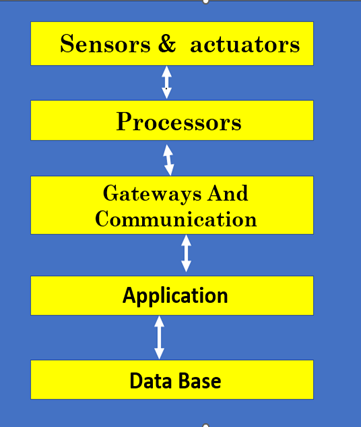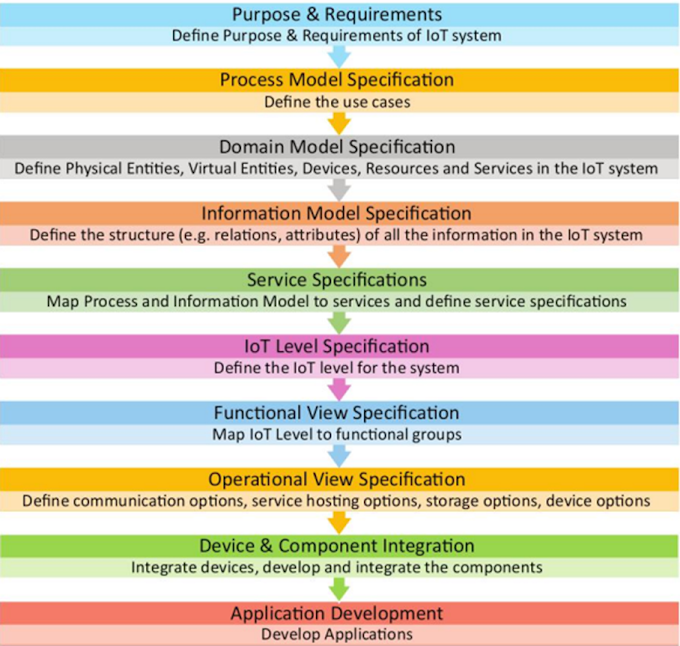CASE STUDY OF NIST ARCHITECTURE IN CLOUD COMPUTING
CASE STUDY OF NIST ARCHITECTURE The National Institute of Standards and Technology (NIST) defines standards and guidelines for cloud computing. · Providing a foundational framework to ensure security, interoperability, and efficiency. · Helps organizations, particularly in the public and private sectors, adopt cloud technologies se…
Read moreDEPLOYMENT MODELS IN CLOUD
DEPLOYMENT MODELS Cloud deployment models define how cloud infrastructure and services (IaaS, PaaS, SaaS) are structured, managed, and accessed. Main models à Public Cloud, Private Cloud, Hybrid Cloud, Community Cloud, and Multi-Cloud. 1. Public Cloud - Definition : Shared cloud environment operated by a third-party provider, accessible ov…
Read moreCloud Computing Service Models
Cloud Computing Service Models Cloud computing services are categorized into five models based on specific needs, control, flexibility, and management: IaaS, PaaS, SaaS, FaaS, and CaaS. 1. Infrastructure as a Service (IaaS) Definition : It provides virtualized computing resources (e.g., VMs, storage, networking) over the Internet , offering high f…
Read moreComparison between Cloud Computing Architecture and Traditional Computing Architecture (Client/Server Model)
Comparison between Cloud Computing Architecture and Traditional Computing Architecture (Client/Server Model) Key Differences: Structure : Cloud is virtualized/distributed; traditional is physical/localized. Scalability : Cloud scales dynamically; traditional scaling is slow and costly. Cost : Cloud uses OPEX (pay-per-use); traditional…
Read moreCloud Computing Architecture
Cloud Computing Architecture Cloud computing architecture connects frontend (user-facing) and backend (provider-managed) components via the internet, with management and security layers ensuring efficiency and protection. Each layer has distinct roles, features, and use cases. Frontend: User interface (e.g., AWS Console, mobile apps) for accessing and mana…
Read moreSearch This Blog
- December 202517
- November 202514
- August 20255
- July 20257
- June 20252
- May 20253
- April 20252
- January 20251
- September 202433
- August 20243
- May 20241
- April 202411
- March 202413
- February 20249
- January 202447
- December 20233
- November 20233
- October 20235
- April 20231
- December 20223
- November 20221
- June 202224
- May 202223
- April 20226
- March 20226
- February 202230
- January 20229
- December 20214
- October 20215
- August 20212
- June 20215
- May 202113
- April 20219
- March 20219
- January 20211
- December 202023
- September 20201
- August 202015
- July 20204
- June 20207








Social Plugin